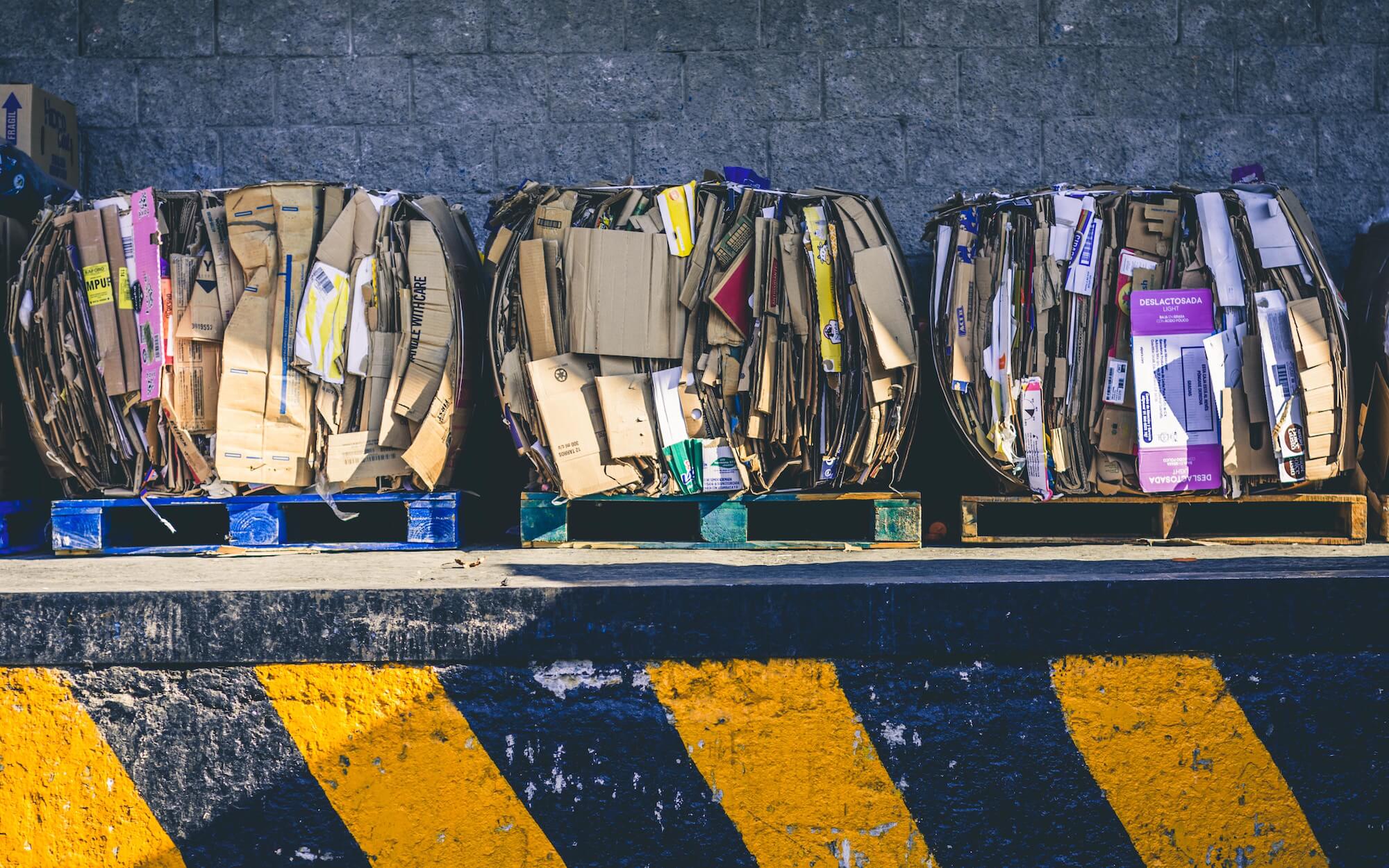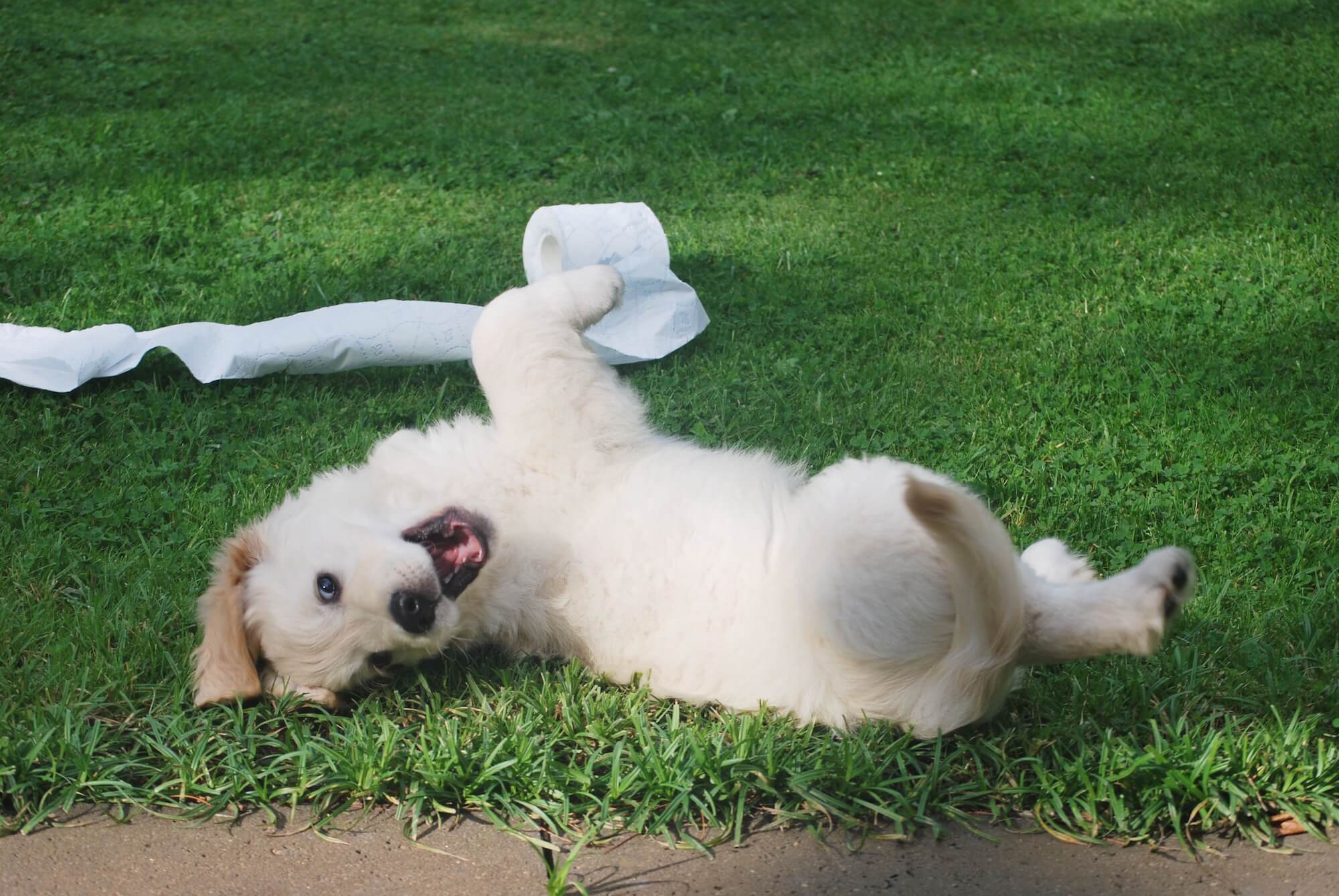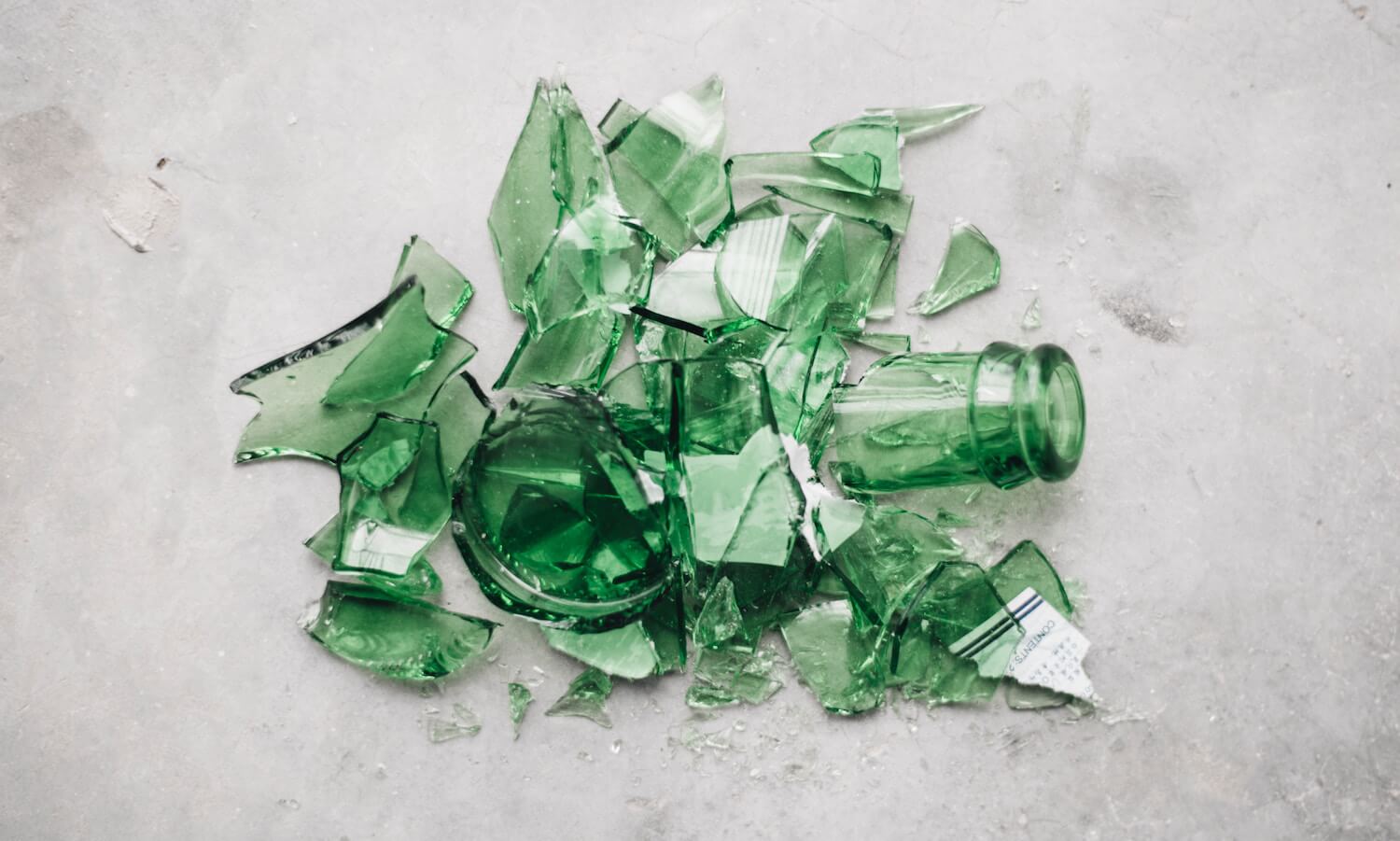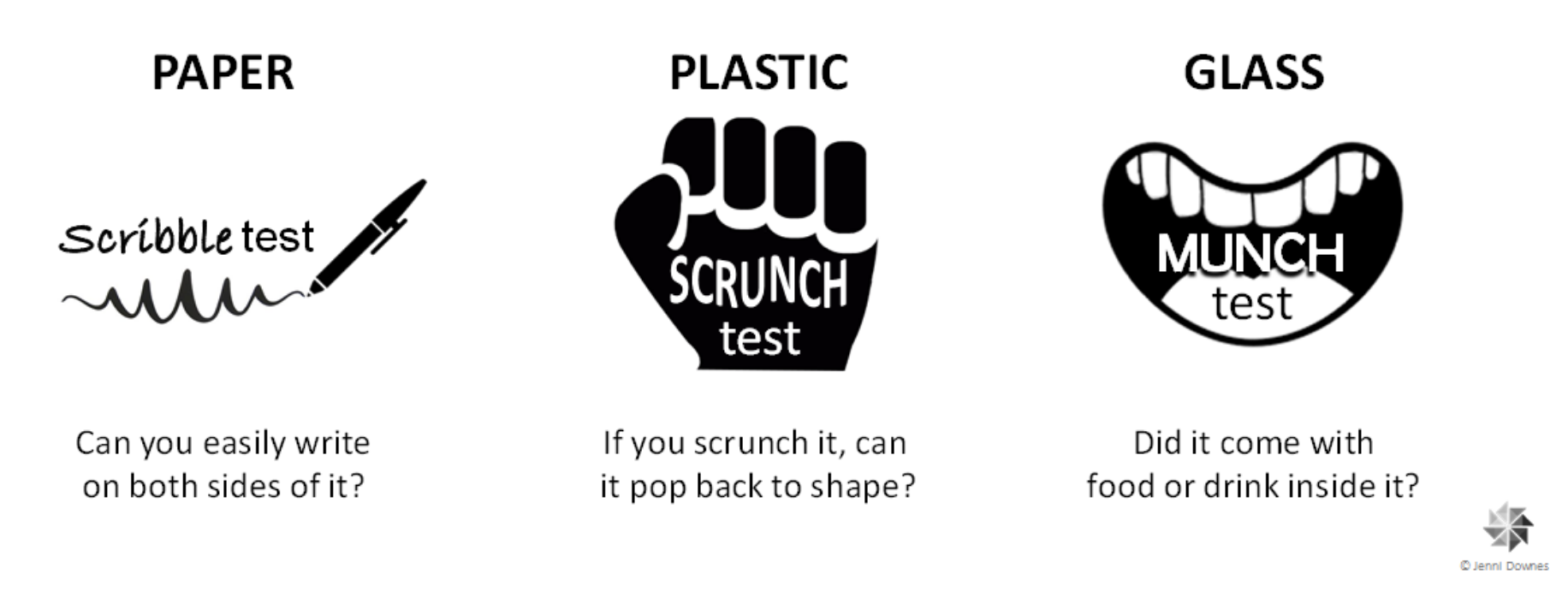In last month's article, I explained the current China ban/recycling crisis and how this is in part related to the amount of contamination (or rubbish) that is ending up in our recycling bins. Why is something seemingly so simple actually so tricky? How can we recycle better?
At first glance, Australians appear to be good recyclers: ABS figures report that in 2012 about 94% of households participated in some way in kerbside recycling. That would have grown by now. And most of us would know the basic rule of recycling pretty well:
Paper, plastic, glass and cans/tins go in most recycling bins
 (Source: The Conversation)
(Source: The Conversation)
At the same time, surveys show that around half of Australians are sometimes confused about what can and can’t go in the recycling bin. This is due to a few reasons:
- What is and isn’t recyclable has changed a lot over the last 30-40 years since Australia started kerbside recycling
- What is and isn’t recyclable also changes depending on where you are (at home, at work, out in public, in a different council or state!)
- There are lots of exceptions to the basic rules of recycling :(
- Many products and packaging are now a mix of different materials that need to be treated differently
How has recycling changed?
 Do you know how your recycling is processed? (credit: Alfonso Navarro; Unsplash)
Do you know how your recycling is processed? (credit: Alfonso Navarro; Unsplash)
During the 1980s and 90s, councils collected recyclable items using council-provided bags, crates or boxes. Residents had to sort their recycling into different streams, such as paper, plastics/glass and metal. Over time, councils moved to ‘wheelie’ bins, and collect ‘co-mingled’ recycling where all recyclables are placed together in the one bin for sorting later. This sorting was mostly done by hand, but is now mostly done by machines. These changes have mostly been driven by waste service contractors and councils desiring greater cost efficiency.
Why do recycling rules vary across different places?
Firstly, every council has to make its own decisions about what it collects for recycling based on factors like:
- population density
- waste contracting services available
- distance to infrastructure and facilities
- potential end uses for collected material
All of these factors impact the effectiveness and economics of recycling. Businesses also have to make their own decisions based on the types of waste they produce and the cost of recycling it, because most have to pay for their own recycling.
What about the exceptions to basic recycling rules?
This is where things get particularly tricky! While the basic recycling rules tell us the overall types of materials that are recyclable, there are many different types of papers, plastics and glass. (Metals are simpler in that pretty much all household cans/tins are recyclable...phew!)
Fussy Paper
 You’d be adorable if we could recycle that tissue paper! (credit: Daniel Maas; Unsplash)
You’d be adorable if we could recycle that tissue paper! (credit: Daniel Maas; Unsplash)
For example with paper, there is writing paper, cardboard, liquid paperboard (the plastic-lined cardboard most milks come in), absorbent paper like tissues, serviettes and paper towel, waxed paper/cardboard like baking paper, and cardboard ice-cream containers – but only the first 3 are recyclable (unless you compost at home)!
In fact, a good rule of thumb is, If you could easily write on it, it’s probably recyclable (and if not, probably not!).
Picky Plastics
 Do you every feel this way about soft plastics? (credit: Cristian Newman; Unsplash)
Do you every feel this way about soft plastics? (credit: Cristian Newman; Unsplash)
With plastics there are hard/rigid plastics and soft/flexible plastics like plastic shopping bags, bread bags, pasta packaging, plastic film and cling wrap, plus all those confusing plastic numbers from 1-7. In fact for most Australians in metropolitan areas any hard/rigid plastics can go in your kerbside recycling bin regardless of the number, but no soft plastics can.
Another good rule of thumb is the scrunch test: if you scrunch it in your hand and it springs back to the same shape it is ‘rigid’ plastic and therefore recyclable through kerbside.
If it doesn’t spring back, it can’t go in the kerbside recycling bin. (Note a particularly tricky one is the plastic biscuit trays – try scrunching these and watch how they only slowly unfold a little, no spring – so not recyclable in kerbside!)To recycle soft plastics, you can take them to REDcycle bins in most major supermarkets.
Finicky Glass
 Bottles are fine because of the ‘Food & Drink Rule’ (credit: Chuttersnap; Unsplash)
Bottles are fine because of the ‘Food & Drink Rule’ (credit: Chuttersnap; Unsplash)
With glass, there’s glass jars and bottles, but also drinking glasses, glass bakeware, glass light bulbs, window glass and so on. Here the quick rule of thumb is: If food or drink came in it, it’s recyclable through kerbside.
Light bulbs can be recycled at certain places like Ikea. All other glass needs to be wrapped in paper (in case it breaks!) and placed in the rubbish bin.
Recycling rules of thumb

If you have questions about what is and isn’t recyclable, your best bet is to either visit your council Website, Planet Ark’s RecyclingNearYou site or download the RecycleSmart app.
To recycle like a boss, there’s 2 other things you need to do:
-
Work out what can be recycled elsewhere than your kerbside bin
This includes your local council collection and drop-off services, store schemes like battery recycling at Ikea/Aldi, product stewardship schemes like TechCollect and MobileMuster, and organisations like TerraCycle that help with problem waste. -
Close the loop by buying back recycled!
Buying back recycled material is crucial to closing the loop on the materials you so carefully sort into your recycling bin.
Look for products with recycled content, such as:
- toilet paper
- wrapping and copy paper
- boxes
- plastic containers and packaging
- as well as bigger items like outdoor furniture and carpet underlay.
If you can’t find products made from recycled content, ask the store (and your favourite brands) why not?
--
Like what you've read? Subscribe to our updates & we'll send you more blog posts and other news from the front lines of the revolution.



